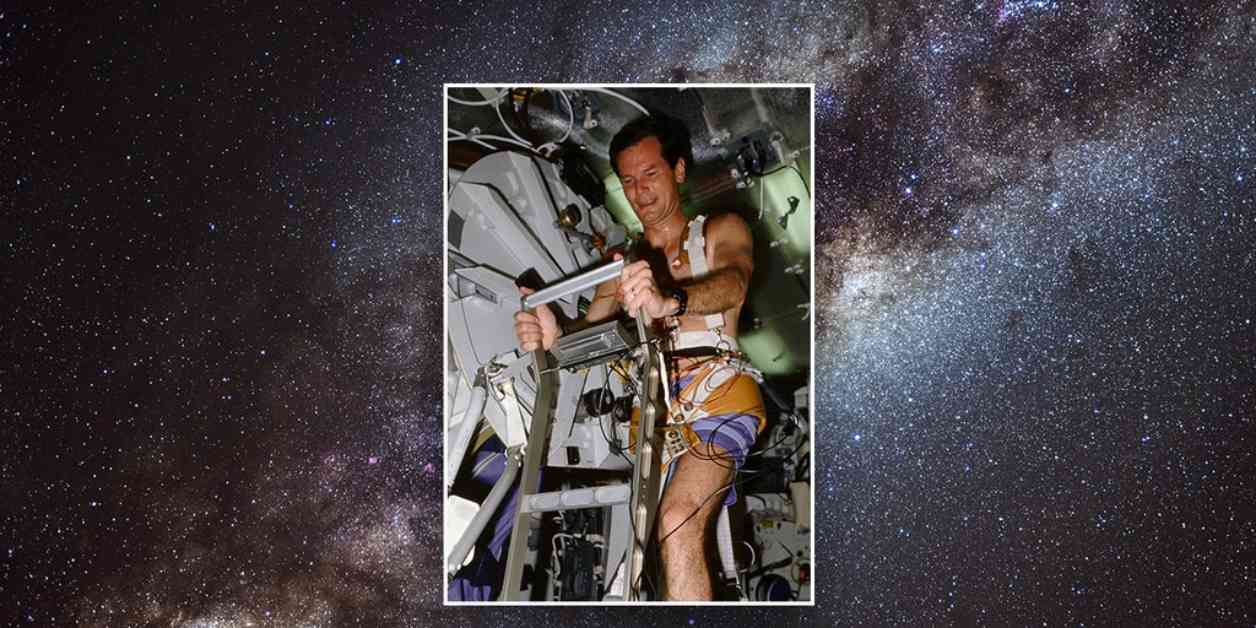Some of the earliest experiments conducted in space focused on gravity and weightlessness. These experiments were designed to explore the effects of the new environment on various objects and activities. In 1971, astronaut Alan Shepard made history by hitting a golf ball on the moon. Although he claimed that the ball traveled for “miles and miles and miles,” the reality was that due to limitations in his space suit, he was unable to tee the ball up or take a full swing. Nevertheless, this iconic moon shot inspired further experimentation with golf clubs and other sporting equipment in space.
One company that has been at the forefront of testing sports equipment in microgravity is Cobra Puma Golf Company. They developed a driver that was tested in space as part of a project to improve the quality of golf clubs. By studying how certain metals react in microgravity, they aimed to create stronger and lighter alloys that could be used on Earth.
NASA Administrator Bill Nelson highlighted the importance of developing technologies in space that can have practical applications on Earth. He mentioned the example of special screws developed by NASA that prevent loosening when subjected to vibrations. These screws have been incorporated into golf club drivers to lower the center of gravity and improve performance.
In addition to sports equipment, NASA has also played a role in developing workout equipment for astronauts aboard the International Space Station. Maintaining muscle and bone strength in microgravity is essential for astronauts on long-duration missions. The specially designed workout equipment helps astronauts exercise at least two hours each day, six days a week to prevent muscle and bone atrophy.
Furthermore, the unique environment of space has been utilized for a variety of experiments beyond sports equipment testing. Companies like Nanoracks have explored the aging process of whiskey, the performance of shoe soles, and even the behavior of a soccer ball in microgravity. These experiments not only provide valuable insights into various products but also showcase the potential of space for everyday uses.
NASA’s involvement in developing a swimsuit for the Beijing Olympics is another example of how space technology can influence products on Earth. The swimsuit, designed with the help of wind tunnel testing, was worn by every gold medal winner at the Olympics. However, its exceptional performance led to the international swimming federation banning the suit due to concerns of unfair advantage.
Overall, the experimentation with sports equipment in microgravity highlights the innovative ways in which space technology can benefit various industries on Earth. By leveraging the unique environment of space, companies and organizations can push the boundaries of what is possible and discover new applications for existing products. The intersection of space exploration and everyday life continues to yield exciting advancements that have the potential to shape the future of various industries.




